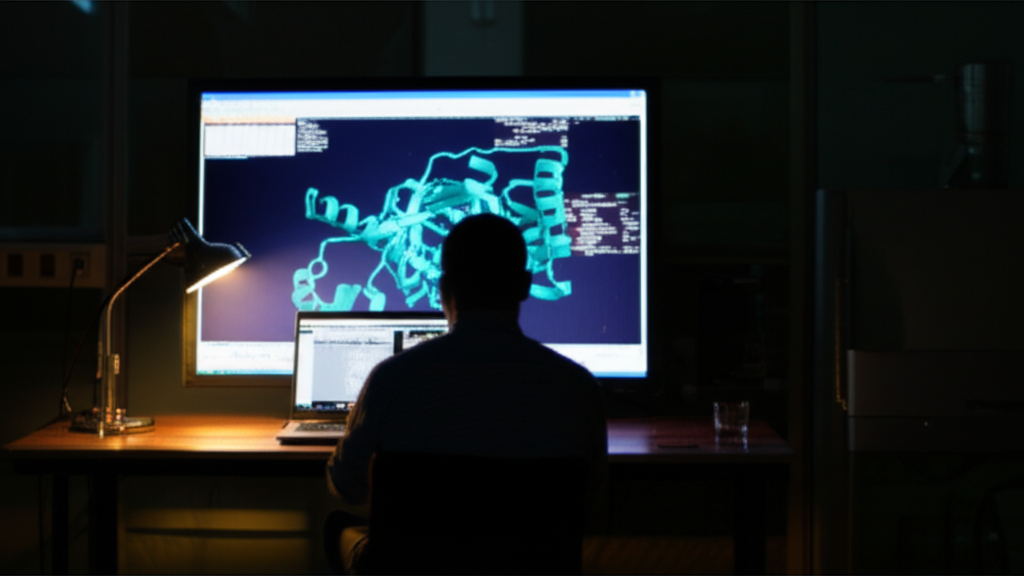Synthetic organic pigment manufacturing has taken a significant leap forward with the development of an innovative "one-pot" process for producing high-performance Permanent Violet RL (Pigment Violet 23). This breakthrough method overcomes the critical limitations of traditional multi-step synthesis, promising substantially reduced environmental impact, improved operator safety, heightened efficiency, and a notable 5-10% increase in product yield.
Conventional production of Permanent Violet RL, a vital dioxazine pigment renowned for its superior shade, exceptional lightfastness, heat stability (≥ 200°C), and solvent resistance vital for demanding applications in industrial coatings, high-grade plastics, specialty inks, and synthetic fibers, involves four distinct, independent steps: alkylation, nitration, reduction, and condensation/ring-closure. This fragmented approach necessitates isolating and physically handling intermediates between each stage. Historically, alkylation relied on toxic, low-boiling benzene as solvent, requiring extensive distillation/recovery (~10h), harsh cooling, and generating hazardous solvent vapor emissions and polluted wastewater. Nitration used chlorobenzene, followed by laborious low-temperature crystallization and wasteful washing cycles (~12h, 5-10% loss). Reduction with sodium sulfide in alcohol created enormous volumes of solid waste and contaminated aquous effluents. Overall, this legacy process proved labor-intensive, environmentally detrimental, energy-hungry, and highly resistant to automation.
The patented innovation solves these challenges by implementing a unified reaction medium – o-Dichlorobenzene (o-DCB) – across all synthesis stages within a single integrated and automated system. The four key operations proceed in sequence without intermediate isolation:

S1. Alkylation: N-Ethylcarbazole synthesis occurs directly in o-DCB (≥110°C, ~2h) instead of benzene, with catalyst (TEBA-Chloride) and bromoethane. Reaction duration slashed by 50%, energy consumption lowered significantly due to simplified condensation (ambient cooling water suffices), and elimination of complex benzene recovery. Completion is marked by the formation of a uniform oily layer containing the product in o-DCB.
S2. Nitration: The N-Ethylcarbazole/o-DCB solution is transferred to a nitration reactor. Dilute nitric acid (36-37%) is added under controlled conditions (30-33°C). Post-reaction neutralization and gravity separation yield an upper aqueous salt phase (discarded or utilized) and a lower o-DCB solution containing 3-Nitro-N-ethylcarbazole, directly advancing. Crystallization, filtration, washing stages, and chlorobenzene recovery are completely bypassed, cutting time and waste dramatically.
S3. Reduction: The nitrated solution undergoes catalytic hydrogenation (80-90°C, 1-1.2 MPa H2 pressure) using a mixed Raney Nickel/5% Pd/C catalyst (1-1.5 wt%). Careful nitrogen/hydrogen purging ensures safety. Reduction completes rapidly, yielding a solution of 3-Amino-N-ethylcarbazole in o-DCB. This replaces hazardous sulfide reduction, eliminating toxic solid waste and acidic effluent streams associated with legacy processes.
S4. Condensation & Ring-Closure: After dilution with additional fresh/recoveed o-DCB (2-2.3x dilution) and meticulous dehydration (100-120°C), the amino-derivative solution undergoes condensation with chloranil/Tetrachlorobenzoquinone (45-50°C, 0.6-0.66 equiv.), followed by triethylamine (TEA, 34-38°C, 0.42-0.46 equiv.) addition. Finally, ring closure forming the violet pigment core is achieved using benzenesulfonyl chloride under reflux in o-DCB (175-180°C, 4-5h). The crude pigment is filtered under vacuum, exhaustively washed with hot o-DCB until filtrate is colorless, and dried (moisture ≤0.5%) to yield >98% pure Permanent Violet RL.
The singular o-DCB solvent system is the cornerstone of this technological triumph. Its high boiling point permits elevated reaction temperatures, accelerating kinetics. Crucially, intermediates remain dissolved throughout the sequence, obviating energy-intensive isolation/crystallization phases and the associated yield losses and effluent generation. Automated transfers between reactors substantially reduce manual labor and exposure risks. The switch to green catalytic hydrogenation removes reliance on sulfide/ethanol systems. Comprehensive solvent recycling loops further minimize waste and fresh solvent demand. Overall process time reduces drastically compared to the traditional disconnected stages.
This one-pot synthesis represents a paradigm shift for manufacturers of high-performance organic pigments like Permanent Violet RL. It delivers measurable gains in sustainability (drastically lower solid/hazardous waste, reduced VOC burden, minimal toxic wastewater), enhanced operational safety (enclosed automated transfers), and superior economics (faster throughput, 5-10% yield boost, lower reprocessing/solvent requirements). Its adoption is set to reshape the future industrial production of this essential, high-value pigment.
Manufacturing Facilities






Professional Export Experience
to Global Customers

1. 20 years of R&D, manufacturing and sales experience, serving customers in 60 countries and regions around the world;
2. Own R&D laboratory, pilot platform and large-scale production workshop, which can meet the audit requirements of global customers;
3. We can satisfy customers' perfect transition from small scale lab requirements (gram level) to commercialization requirements (hundred tons level).
A: We don't have Minimum Order Quantity, exact quantity should be provided before quotation for us to calculate the exact cost.
A: We don't provide free samples due to lots of request and expensive international courier's cost, we can deduct the sample charge after commercial order placed.
A: Our payment terms: Small or sample order: T/T IN ADVANCE. Commercial order: First order should be by T/T IN ADVANCE or L/C at sight, and following orders T/T 30~90days is acceptable subject to approval of credit application.